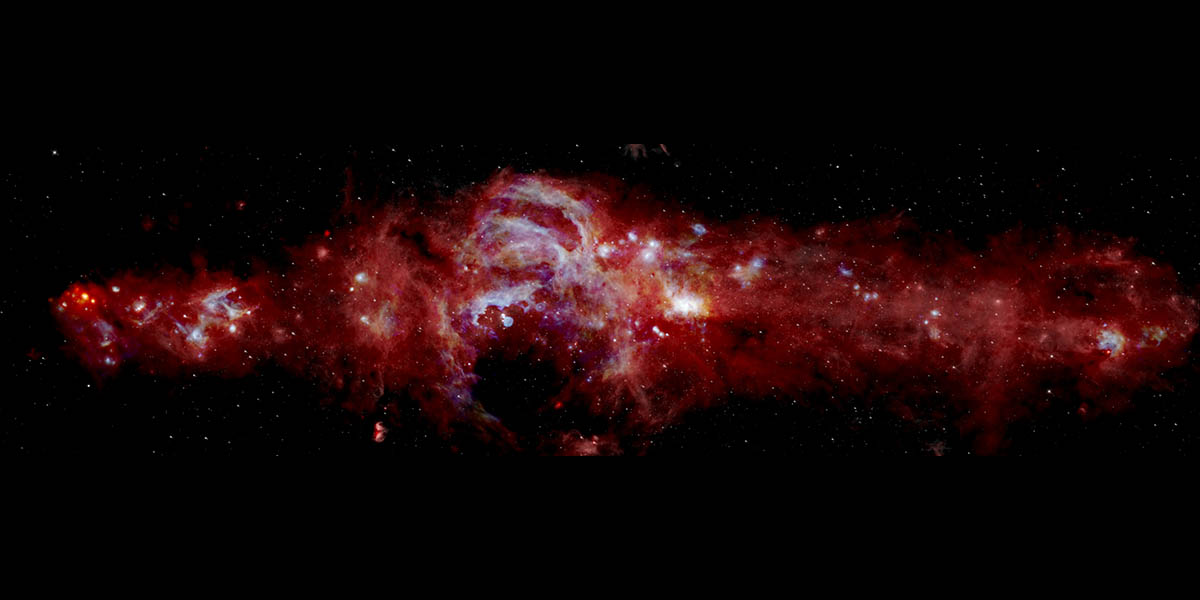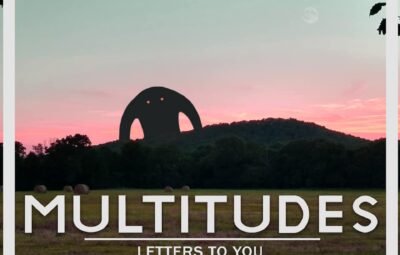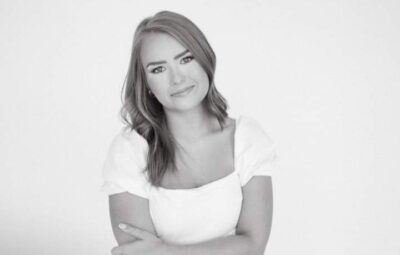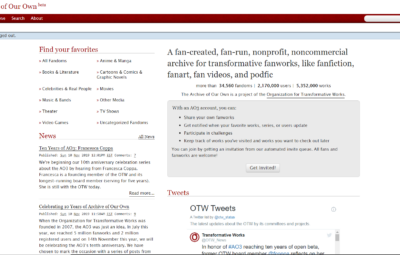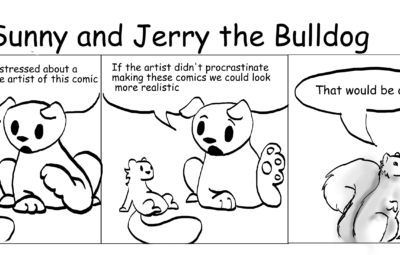IMAGE|
With the promise of a once-in-a-lifetime eclipse on April 8, a fascination with the sky has arisen in our community. For one professor at ATU, he’s already been looking up.
Meet Dr. Matt Hankins, an assistant professor of physics and an astronomer who has worked on projects with NASA.
“A common perspective is that astronomers look through telescopes and stuff like that,” said Dr. Hankins.
“While that is true to some extent, most of the things that can be done with small telescopes, people have had telescopes for hundreds of years, most of it has already been done. So now the cutting edge research that a lot of people do requires really big telescopes and big teams to process that data and all that kind of stuff related to these big telescopes,” Hankins continued.
Hankins is a Russellville native who earned his PhD in astronomy from Cornell University. He also completed a postdoctoral at California Institute of Technology. He worked on projects with NASA during both of these, and continues to work with NASA.
“I’ve carved out a little bit of a niche doing data processing type things. A lot of the projects I’ve been involved with writing code and stuff like that,” said Hankins. “It’s kind of funny because like I do all of this and I’ve never actually had a programming class. It’s all basically learning on the fly type things.”
Among the two projects he was primarily involved in, he became involved with the primary project while doing an internship at Cornell University as an undergraduate. This was the “Stratospheric Observatory for Infrared Astronomy,” or as it is commonly referred to as, SOFIA. He was originally involved with building a camera for SOFIA. By the time he graduated, SOFIA was fully operational and consistently doing regular operations.
“There was a mission patch for everyone involved to say the thing is actually operational now because it spent a lot of time in development. A lot of things went into it before I got
involved,” said Hankins. “On big projects, there are huge teams. With being on these teams, we’re all small cogs on this big wheel. It’s teamwork that really marks the big things that happen. I do my little part and I’m happy to be involved in these programs.”
The camera Hankins helped build was built for a specific purpose: looking at the center of our galaxy on infrared wavelengths.
“This map is about 600 light years across,” said Hankins. “Prior to this map being made, people had made similar maps before, but the spatial resolution was 5 times worse. I specialize in infrared astronomy and study how stars form. Infrared light is heat. So, this camera was detecting temperature rather than light. Space is a cold empty place. Our camera is meant to basically detect those wavelengths that correspond to room temperature objects.”
Although SOFIA was canceled last year, scientists are still collecting research from this picture.
“We can see forming stars better with this better camera,” said Hankins. “The main focus of the program was trying to do a count of how many of these young stars we see in this region, which couldn’t be done before this camera took the picture. There are other scientists interested in this region for different reasons, but that is what I am interested in.”
Hankins continues to do different things with NASA, including ongoing projects with the James Webb Space Telescope. ATU remains connected to NASA through the Arkansas Space Grant, which has contributed funds to the campus’ approach to the eclipse.
“So even though I’m a scientist, we had to have aircraft mechanics, safety officers, PR people, and medical professionals,” said Hankins. “There is a huge variety of people who NASA employs, not just scientists.”
While Hankins always knew he wanted to teach, he wasn’t planning to come back to Russellville. It just happened to work out that way.
“That’s just how the cookie crumbled. I finished my postdoc and a job opened up here,” said Hankins. “It is really nice being back. My family is local, my wife’s family is local. It’s nice to be able to experience things we wouldn’t be able to if we weren’t here in Russellville.”

